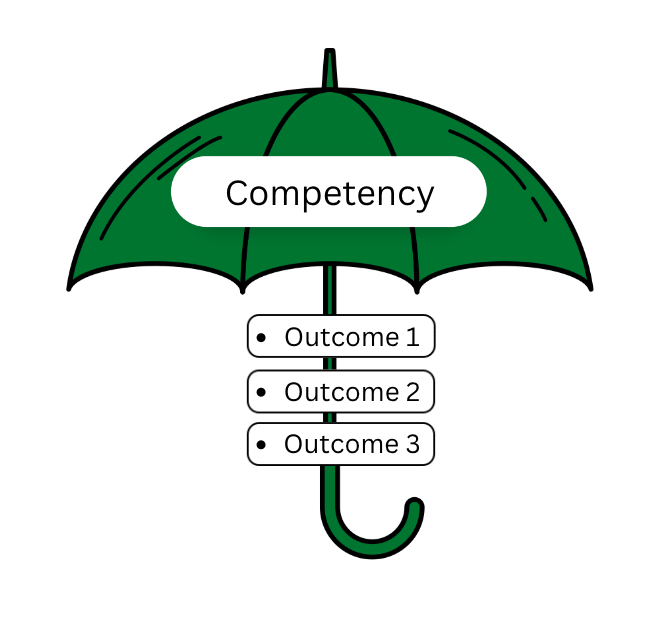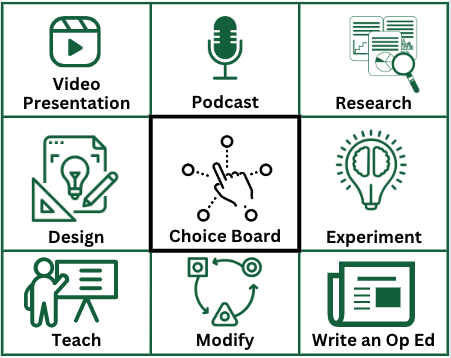SDG 5 Gender Equality – Embedding the Sustainable Development Goals in Learning
This blog post is part of a series around the 17 Sustainable Development Goals (SDGs). Each post will dive into one of the goals and how we as educators can strive to embed these into our own courses. It is in the author’s opinion that any course or class can connect with one of the 17 goals or 169 sub-targets. By providing this blog post series, we hope to elicit some ideas of how you might also integrate a global goal into your teaching. Please refer to the USask SDG Teaching & Learning Workbook, review the USask Sustainability in the Curricula website, or scroll down for more information about the SDGs.
![]() SDG 5 aims to achieve gender equality and empower all girls and women. This goal examines the ways women and girls are discriminated against in our world and how to put a stop to it. From ending violence and exploitation to empowering women, or protecting their mental, physical and sexual health, there are many areas to focus on if we are going to achieve this goal by 2030. Just like many of the other Sustainable Development Goals, gender equality is interconnected with the other goals —everyone’s actions and support make the difference in achieving gender equality. Increased education on harmful practices, cultural norms and forms of marginalization will us to better understand the issues women and girls face, the rights they have and the responsibility of our government and institutions to protect them. Additionally, for society at large, learning how to dismantle sexist, violent and discriminatory language, attitudes and behaviours will contribute to changing our social and cultural understandings of discrimination and gender.
SDG 5 aims to achieve gender equality and empower all girls and women. This goal examines the ways women and girls are discriminated against in our world and how to put a stop to it. From ending violence and exploitation to empowering women, or protecting their mental, physical and sexual health, there are many areas to focus on if we are going to achieve this goal by 2030. Just like many of the other Sustainable Development Goals, gender equality is interconnected with the other goals —everyone’s actions and support make the difference in achieving gender equality. Increased education on harmful practices, cultural norms and forms of marginalization will us to better understand the issues women and girls face, the rights they have and the responsibility of our government and institutions to protect them. Additionally, for society at large, learning how to dismantle sexist, violent and discriminatory language, attitudes and behaviours will contribute to changing our social and cultural understandings of discrimination and gender.
You might be able to align your teaching to this SDG if you want your students to be able to:
- Create solutions towards ending forms of discrimination against women and girls.
- Investigate (and work towards ending) forms of violence and exploitation against women and girls in both public and private spheres.
- Critique policies and practices affected by gender such as unpaid care and domestic work.
- Understand the importance of full and effective participation for women in leadership and decision-making.
- Analyze access to sexual and reproductive health and reproductive rights for all people.
You might consider having your students reflect, share, act in some of these ways:
- Challenge sexist language . We can make advances in gender equality when we challenge sexist and gender-biased language, especially in the classroom. Ask the speaker or writer how their comments reinforce gender stereotypes or what their intention might be (more tips on critical conversations here)
- Talk about health issues. Normalize women’s hygiene and sexual health topics to help others see them as affairs that affect us all.
- Encourage your students to stand up to violence and bullying. Check in with people and ask if they need help.
- Be encouraging. Encourage female students to stay in school, and look for ways to empower female colleagues.
Some curricular connections and questions for students might be:
| Media
How does the media report on gender issues? How do you think this impacts the ways we talk about gender issues in society |
Oppression and genocide
How are women and girls uniquely impacted by oppression and genocide? |
| Environment
How is climate change a gender equality issue? |
Gender politics
What laws would you put in place to ensure gender equality? How would you monitor them? |
| Poverty, wealth and power
How does the poverty cycle affect women uniquely? How does a lack of power or resources affect the lives of women? |
Social justice and human rights
How have women’s social justice and rights changed over the course of history? |
| Indigenous Peoples
What are gender equality barriers and opportunities within Indigenous communities? |
Health and biotechnology
What are important health issues facing women today? What policies and practices are needed to support them? |
| Peace and conflict
How are women supporting peace and post-conflict reconstruction in our world? |
WHAT ARE THE SUSTAINABLE DEVELOPMENT GOALS?
The 17 Sustainable Development Goals — also known as the SDGs or the Global Goals —came into effect on January 1, 2016 following an historic United Nations Summit in September 2015. 193 governments from around the world agreed to implement the Goals within their own countries in order to achieve the 2030 Agenda for Sustainable Development. Over the next fifteen years, with these new Goals that universally apply to all, countries will mobilize efforts to end all forms of poverty, fight inequalities and tackle climate change, while ensuring that no one is left behind.
These new, interconnected goals build on the successes of the Millennium Development Goals, or MDGs, while also identifying new priority areas such as climate change, economic inequality, innovation, sustainable consumption, peace and justice, among others.
Although each country faces specific challenges in pursuit of sustainable development, special attention is given to the most vulnerable countries, in particular, African countries, less developed countries, landlocked countries and small island developing states. There are also serious challenges within many middle-income countries.
For each of the 17 goals, there is a list of specific targets we aim to reach. The targets discussed in this guide have been summarized for ease of reading. For a more detailed list of all the 169 targets, visit GlobalGoals.org.
This content has been adapted from the original by the Gwenna Moss Centre for Teaching and Learning and the University of Saskatchewan from the Manitoba Council for International Cooperation. Users are free to download, copy, print and share this resource as needed, and adapt for their classroom or non-commercial use.
If you adapt or build on this work, please let MCIC or USask know! gmctl@usask.ca
Sustainable Foundations: A Guide for Teaching the Sustainable Development Goals by the Manitoba Council for International Cooperation is licensed under CC BY-NC-SA 4.0. To view a copy of this license, visit https://creativecommons.org/licenses/by-nc-sa/4.0
Original document http://mcic.ca/uploads/public/files-sf/SF-Full-FINAL-WEB-ISBN-2021-EN.pdf


